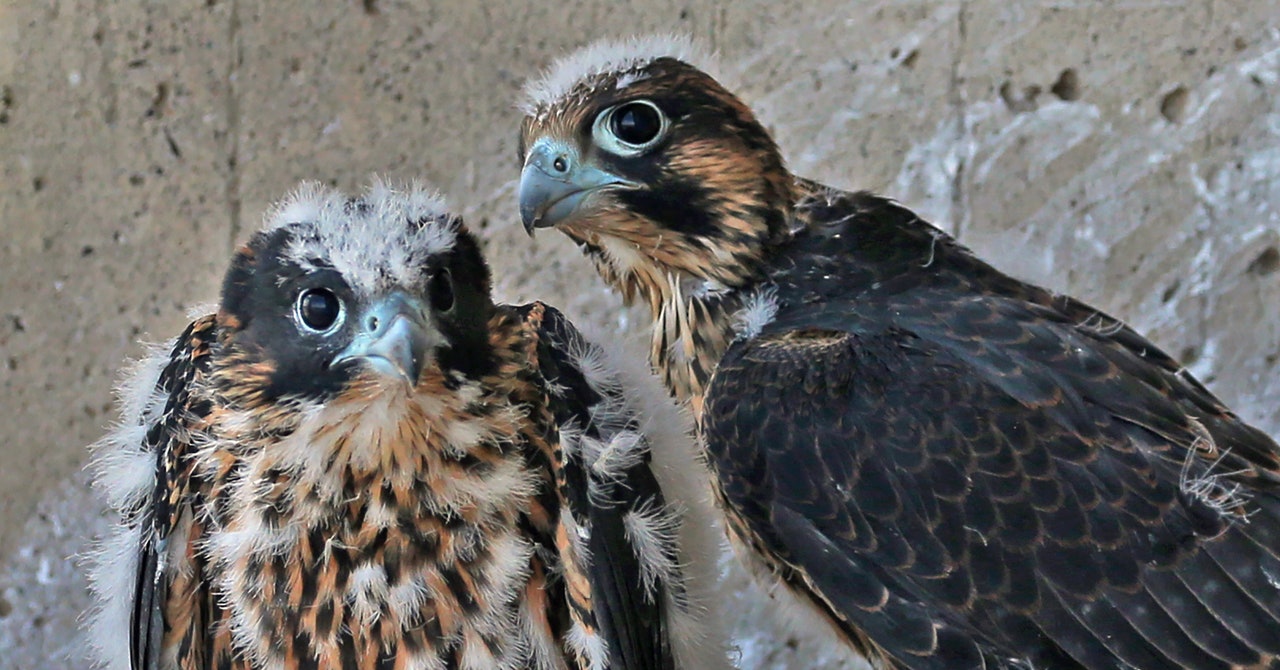
Some species, such as peregrine falcons, have higher survival rates or greater reproductive success in cities than in rural areas. Some even prefer urban landscapes. A 2017 analysis of 529 bird species globally found that 66 were found only in urban areas, including not only classic urban birds like feral pigeons, but also a variety of species native to their regions, like burrowing owls and black-and-rufous warbling finches. According to another review, diverse communities of native bee species persist in cities around the world, and in several cases, more diverse and abundant populations of native bees live in cities than in nearby rural landscapes. In Australia, researchers recently identified 39 imperiled “last chance” species that endure only in small patches of urban habitat, including trees, shrubs, a tortoise, a snail and even orchids.
For centuries, urbanization has resulted in the wholesale removal and fragmentation of natural vegetation. After the initial onslaught, a complex mosaic of novel habitats consisting of native, non-native, and invasive plants emerged, dominated by buildings, roads and other impervious surfaces and contaminated with pollution.
Urban ecologists view these as a series of “filters” that make it difficult for many species to persist in cities, especially those with specific habitat requirements. Myla Aronson, an urban ecologist at Rutgers University, pointed out, for example, that so-called ericaceous plants such as blueberries and rhododendrons, which require acidic soils, have been disappearing from cities. One likely cause, she said, is that concrete has increased the alkalinity of urban environments.
While urbanization continues to pose a substantial threat to species and ecosystems, cities abound with a “wonderfully diverse” array of unconventional habitats “that can provide important habitat or resources for native biodiversity,” wrote University of Melbourne scientists in a 2018 paper in Conservation Biology. These range from remnants of native ecosystems such as forests, wetlands and grasslands, to traditional urban green spaces like parks, backyards and cemeteries, as well as golf courses, urban farms and community gardens. In addition, as cities invest in green infrastructure to ameliorate environmental harm, wildlife is increasingly occupying novel niches including green roofs and constructed wetlands and colonizing former brownfields and vacant lots. And the positive roles cities play in fostering biodiversity “can be bolstered through intentional design,” write the authors of the BioScience article on the “biological deserts fallacy.”
In recent years, urban ecologists have carved out a new niche in the field of conservation biology. One seminal paper, published in 2014, analyzed 110 cities across a range of biogeographic regions with comprehensive inventories of the resident plant life and 54 with complete bird lists. According to the study, the cities retained most of their native biodiversity. Aronson, the lead author of the paper, and her colleagues also found, however, that the plants and birds in the cities they studied had become much less abundant, losing 75 percent and 92 percent of their pre-urban density, respectively.
Another founding paper of urban conservation biology, published two years later, was written by Australian scientists who found that cities harbor 30 percent of the country’s imperiled plants and animals, including Carnaby’s black-cockatoo, a large, gregarious cockatoo that lives only in southwest Australia, where large-scale farming has fragmented much of its habitat. In fact, they found that cities contained substantially more threatened species per square kilometer than non-urban areas. “Australian cities are important for the conservation of threatened species,” they wrote.
Scientists have described several ways in which urban areas can benefit regional biodiversity. For example, cities can provide a refuge from pressures such as competition or predation that native species face in the surrounding landscape. A greater density of prey in cities has been linked to the success of several urban raptors, including Cooper’s hawks, peregrine falcons, crested goshawks and Mississippi kites. Cities also serve as stopover sites where migrating birds can rest and refuel. Large city parks, such as Highbanks Park in Columbus, Ohio, provide critical stopover habitat for thrushes, warblers and other migratory songbirds.


